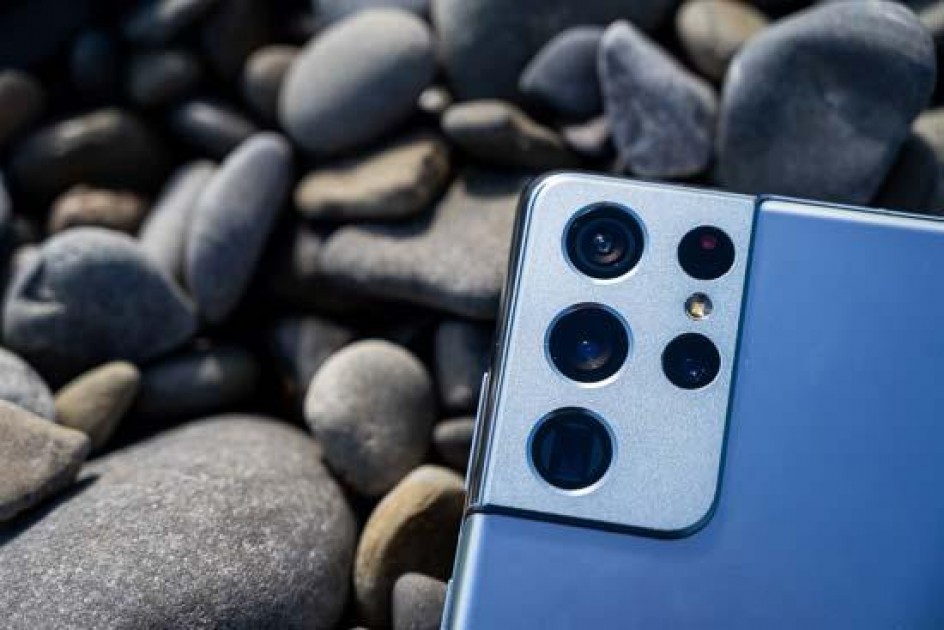In 2015, Luca Bottazzi had the chance to observe a solar eclipse. He saw how everything surrounding him changed very quickly, and a disconcerting atmosphere descended all around. Since then, he has been unable to forget the undefined mysticism that defines the time between day and night. With his Eclipse series, he has created a narrative that reveals the darkening of the sun as a magical, daily occurrence. In this interview, he talks about why he associates the time of darkening with being at the mercy of others, what makes the atmosphere so special for him, and how he conveyed that magic into his pictures.
What was the idea that sparked the Eclipse series?
During the solar eclipse in March 2015, I was in the street and I felt cold; and a fleeting feeling of helplessness. From that moment on I wanted to imagine, daydream about how life would be if all that we knew would be in a permanent state of partial eclipse; with the sun and the moon inexorably locked in a state where the light gets murky, creating a struggle on Earth. Eclipse in Greek means “get away”, “hide”, “become invisible”. Commonly called “Black Sun”, the solar eclipse has a profound esoteric meaning for many cultures. It’s also the resurrection of the sun as it overcomes the darkness, bringing back light and heat to the planet – life. Good wins over evil.
Let’s talk about a few examples…
The left image above is a superb example of a dramatic use of light. Where did you find this setting?
To create this dramatic effect, I try to photograph in the middle of the day; precisely the time that is not recommended for photography. I used very closed apertures, creating the effect described above. The lady with her eyes closed, protecting herself from the eclipse, was the subject I was looking for.
The right image is dominated by geometry…
In this photo the real protagonist is light: it made me see that these lines and geometries were creating a strange game. The photo was taken at noon: the filtering through the gratings made everything very interesting.
There is a lot of black in your pictures. It seems as though the images were photographed in the moon light, or was it during the time of the eclipse?
I am pleased to have managed to give the project the aesthetics and intent I wanted to give it. My goal was to be able to photograph a partial eclipse, with all the key meanings of the idea. I played with Lightroom a little before I was able to create my own preset. Once saved, I adapted it to the photos. The foundation of the photos, however, had to reflect the setting: closed apertures, without sub-exposing during shooting, to have maximum control in post production. The DNG files did the rest, having excessive flexibility and incomparable quality.
Did you use artificial light ?
No, in this project I used only natural light. Cinema has helped me so much to sharpen my eye. I still get a lot of inspiration from the illuminations of the movies – some are breathtaking. Good natural light can create great things. Sometimes it can be helped with auxiliary lights, but, for my taste, the important thing is that it always remain natural.
You used the Leica M (Typ 240) and the Leica M Monochrom for this series. With which lenses?
I used both cameras with a single lens: the Elmarit-M 28 f/2.8 ASPH.; with the exception of the photo of the girl lying on the ground, which was taken with a Summaron-M 35 f/2.8. The M system allows me to shoot as if I don’t have a camera in front of me. Its essentiality and total control allows me to draw out a maximum artistically. The M lenses are amazing: they are like paint brushes where everyone uses them differently.
Have you tried an M Monochrom before?
In the past, before working for Leica, I used the first Monochrom, the CCD version, which I still consider an interesting camera. Logically, the flexibility of the next version allowed me to go further, also in terms of post production, where I encountered virtually no limits for my needs. I also used the Monochrom for my next project, as well as for my personal family photos. Prints of the Monochrom photos are something incredible; the grey scale and the depth of the blacks are breathtaking.
What would you like viewers to draw from your series?
My intent in using this type of underexposed and almost veiled black and white, was to create, as far as possible, a feeling of suspension, of an undefined time and space. My intent was to convey the same sensations that I felt when I saw the images – a momentary feeling of helplessness.
Born in 1988, Luca Bottazzi developed an interest in everything related to the image, cinema and the great photographers of the last century and contemporaries, while following his classical studies. In 2014, he founded an artistic photography collective called Inquadra together with other young Italian authors, and collaborated with them for a few years before leaving and dedicating himself to personal projects. In 2015 he started working for the new Leica Camera Store in Bologna, and in a few years became store manager. At the same time he developed an artistic photographic project, Libare Luce, with his life partner, Andrea Celeste Righi. Find out more about his photography on his website and Instagram channel.
Leica M
The Leica. Yesterday. Today. Tomorrow.








